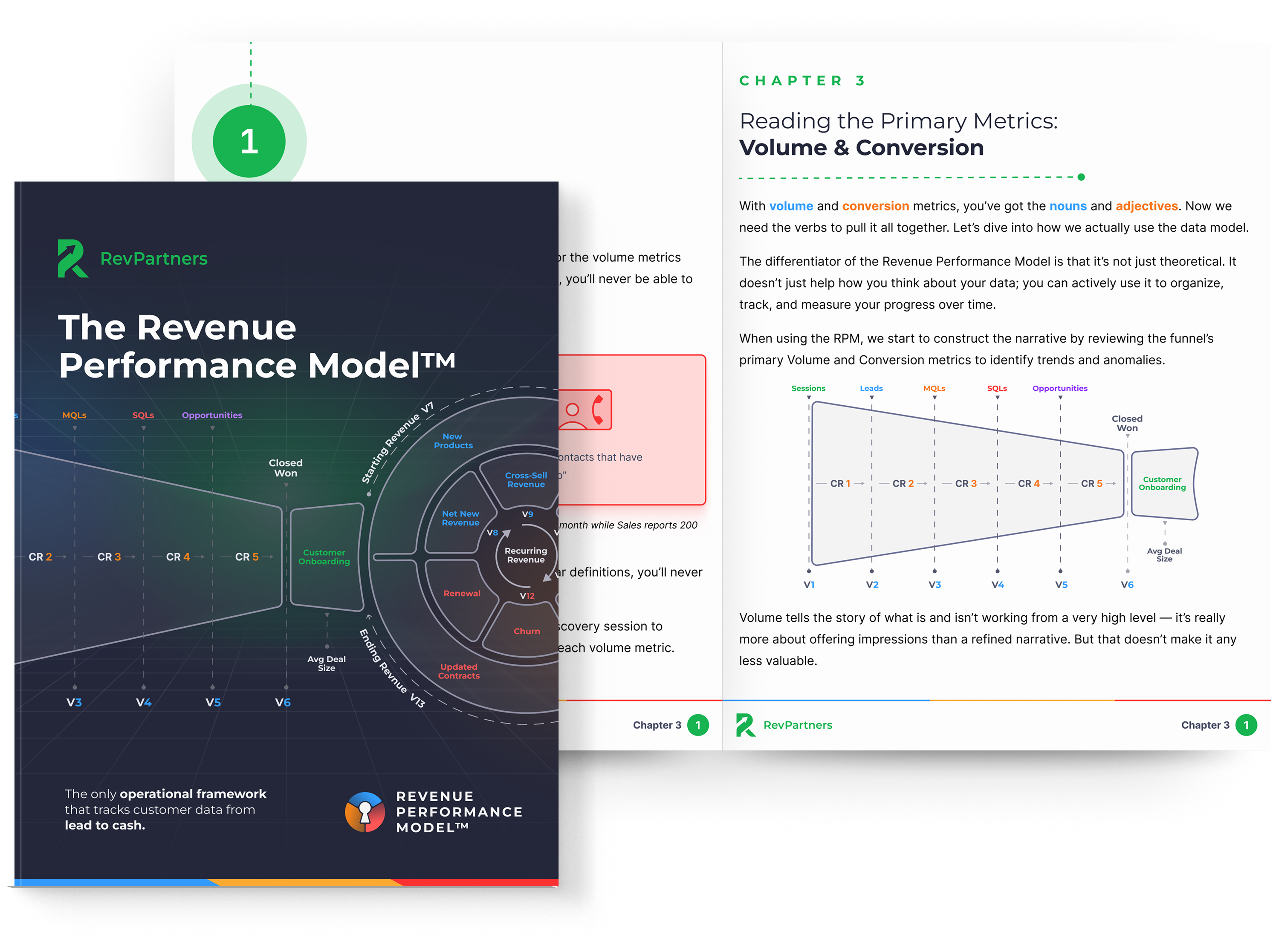Table of Contents
Having a well-defined and effective go-to-market strategy is crucial for success. This strategy serves as a roadmap for startups to navigate the market, understand their target audience, position their product, and ultimately drive sales and revenue.
TL;DR: Go to Market Strategy for Startups
-
Know your lane: Market analysis helps you find your audience, spot trends, and size the opportunity
-
Build what matters: Product development should solve real problems and reflect real feedback
-
Position with purpose: Clear messaging and targeted segments make you stand out
-
Pick your paths: Direct sales, online platforms, partnerships, or resellers can each unlock reach
-
Market smart: Use content, SEO, email, and social to drive awareness and conversions
How can startups use market analysis to build an effective go-to-market strategy?
Understanding the market is the foundation of any successful go to market strategy for startups. Conducting thorough market analysis enables startups to gain insights into their target audience, competitors, and market trends. By analyzing the needs, preferences, and pain points of potential customers, startups can tailor their product or service to meet those demands effectively.
Market analysis helps startups identify gaps in the market that their product or service can address. By identifying these opportunities, startups can differentiate themselves from competitors and offer unique value propositions to potential customers.
When conducting market analysis, startups often begin by segmenting their target audience. This involves dividing the market into distinct groups based on demographic, geographic, psychographic, and behavioral characteristics. By understanding the different segments within their target market, startups can develop targeted marketing strategies that resonate with each group.
Once the target audience is identified, startups can then analyze their competitors. This involves researching and evaluating the strengths and weaknesses of other companies offering similar products or services. By understanding what competitors are doing well and where they may be falling short, startups can position themselves strategically in the market.
Market trends are another crucial aspect of market analysis. Startups need to stay up-to-date with the latest industry trends, technological advancements, and consumer preferences. By monitoring market trends, startups can identify emerging opportunities and adapt their go-to-market strategy accordingly.
In addition to understanding the target audience, competitors, and market trends, startups also need to analyze the market size and potential. This involves estimating the total addressable market and the serviceable available market for their product or service. By determining the market size and potential, startups can assess the scalability and growth opportunities of their business.
Startups can also conduct customer surveys, interviews, and focus groups to gather qualitative data about their target audience. This qualitative data can provide valuable insights into customer preferences, pain points, and unmet needs. By incorporating customer feedback into their go-to-market strategy, startups can ensure that their product or service aligns with customer expectations.
How should startups approach product development and positioning to win their market?
Product development and positioning play a crucial role in the success of a go-to-market strategy. Startups need to focus on developing a product that offers exceptional value to their target audience. This involves understanding customer needs, conducting market research, and iterating the product based on feedback.
When it comes to product development, startups must go beyond simply creating a solution. They need to delve deep into the pain points and challenges faced by their target customers. By conducting thorough market research, startups can gain valuable insights into customer preferences, desires, and expectations. This knowledge allows them to develop a product that not only meets the needs of their target audience but also exceeds their expectations.
Once the initial version of the product is developed, startups must be open to receiving feedback from their customers. This feedback can be obtained through various channels such as surveys, interviews, or user testing. By actively listening to their customers, startups can identify areas for improvement and make necessary iterations to enhance the product's value proposition.
Startups should also consider the competitive landscape when developing their product. It is essential to understand what sets their product apart from competitors and how it addresses the unique pain points of their target audience. By conducting a thorough competitive analysis, startups can identify gaps in the market and position their product as a superior solution.
Positioning the product correctly in the market is also essential. Startups must clearly communicate their value proposition and differentiate themselves from competitors. By highlighting unique features, addressing pain points, and demonstrating how their product solves a problem, startups can attract the attention of potential customers and create a niche for themselves in the market.
When positioning their product, startups should also consider the target market segment they want to focus on. By understanding the specific needs and preferences of their target audience, startups can tailor their messaging and positioning to resonate with them effectively. This targeted approach ensures that startups are not wasting resources on marketing efforts that do not reach their intended audience.
Startups should also leverage various marketing channels to reach their target audience effectively. This can include digital marketing strategies such as social media marketing, content marketing, and search engine optimization. By utilizing these channels, startups can increase their visibility and reach, thereby attracting potential customers and driving growth.
What sales and distribution channels should startups use to reach customers effectively?
Identifying the right sales and distribution channels is crucial for startups to maximize their reach and conversions. Startups need to carefully evaluate various channels such as direct sales, online platforms, partnerships, or resellers, depending on their target audience and product/service offering.
Direct Sales
When it comes to direct sales, startups can establish their own sales team to directly engage with potential customers. This approach allows for personalized interactions and the opportunity to build strong relationships. By understanding the pain points and needs of customers, startups can tailor their sales pitch and offerings to meet their specific requirements.
Online Platforms
In addition to direct sales, startups can also explore online platforms as a distribution channel. Online marketplaces provide a convenient and accessible way for startups to showcase and sell their products or services. Platforms like Amazon have a large customer base, which can significantly increase a startup's visibility and potential sales. Startups can leverage these platforms to reach a wider audience and tap into new markets.
Partnerships
Another effective sales and distribution channel for startups is partnerships. By collaborating with complementary businesses, startups can expand their reach and access new customer segments. This strategic alliance allows startups to leverage the partner's existing customer base and distribution network, accelerating their go-to-market efforts.
Resellers
Resellers can also play a crucial role in a startup's sales and distribution strategy. By partnering with resellers, startups can tap into their established networks and benefit from their expertise in specific industries or regions. Resellers can act as a trusted intermediary, promoting and selling the startup's products or services to their existing customer base. This approach not only expands the startup's reach but also allows them to focus on product development and innovation.
How can startups create a marketing plan that drives awareness, leads, and growth?
A well-crafted marketing plan is vital for startups to create awareness, generate leads, and convert them into customers. Startups should develop a multi-channel marketing approach that integrates both online and traditional marketing strategies.
Content marketing plays a crucial role in the success of startups. By creating valuable and informative content, startups can establish themselves as thought leaders in their industry. This can be achieved through blog posts, whitepapers, e-books, and videos that provide insights and solutions to the target audience's pain points. By consistently delivering high-quality content, startups can attract and engage potential customers, building trust and credibility.
Social media marketing is another powerful tool for startups. Platforms such as Meta, Instagram, X, and LinkedIn offer immense opportunities to reach a wide audience and build brand awareness. Startups can create compelling social media campaigns, share engaging content, and interact with their audience to foster meaningful connections. By leveraging social media influencers and user-generated content, startups can amplify their reach and generate buzz around their products or services.
Email marketing remains a highly effective channel for startups to nurture leads and convert them into customers. By building an email list of interested prospects, startups can send targeted and personalized messages that address their pain points and offer solutions. Through automated email sequences, startups can guide leads through the sales funnel, providing valuable information and incentives to encourage conversions. Additionally, startups can use email marketing to communicate with existing customers, fostering loyalty and encouraging repeat business.
SEO is essential for startups to improve their online visibility and attract organic traffic. By optimizing their website and content for relevant keywords, startups can rank higher in search engine results pages. This increases the chances of their target audience discovering their offerings and visiting their website. Startups should focus on creating high-quality, keyword-rich content, optimizing meta tags and descriptions, and building backlinks from reputable sources to enhance their SEO efforts.
Collaborations with other businesses can also contribute to a comprehensive marketing plan for startups. By partnering with complementary companies, startups can tap into their existing customer base and reach a wider audience. Collaborative marketing efforts, such as joint promotions, co-branded content, or referral programs, can help startups expand their reach and acquire new customers.
What are the key steps startups should take to execute a successful go-to-market strategy?
A well-executed go-to-market strategy is vital for startups to establish themselves in the market, attract customers, and drive revenue growth. By conducting market analysis, developing and positioning their product effectively, identifying the right sales and distribution channels, and creating a comprehensive marketing plan, startups can maximize their chances of success.
The Revenue Performance Model
Do you want to track the entire revenue journey in your CRM so you can see what's broken, why it happened, and where to fix it?
Download the Revenue Performance Model HERE





